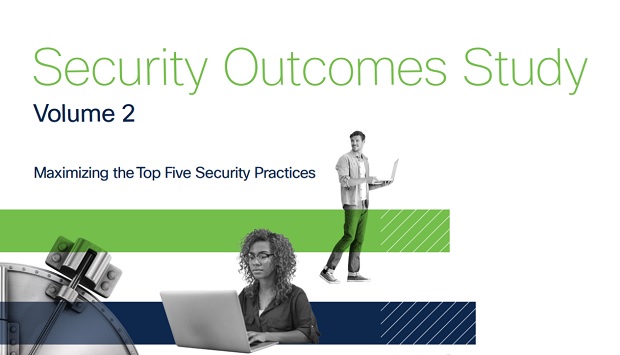It is more critical than ever for companies in the Philippines to refresh the technologies and solutions in their cybersecurity infrastructure, according to findings of the latest study by Cisco released on Wednesday, Dec. 8.

Titled, Security Outcomes Study Volume 2, the study highlighted that 35 percent of cybersecurity technologies used by companies in Philippines are considered outdated by security and privacy professionals working at these organizations.
The study is based on a global survey of more than 5,100 security and privacy professionals across 27 markets. This includes more than 2,000 professionals from 13 markets in Asia-Pacific.
The study sought to determine the most impactful measures teams can take to defend their organizations against the evolving threat landscape. Respondents, including professionals from companies in Philippines, shared their approaches to updating and integrating their security architecture, detecting, and responding to threats and staying resilient when disaster strikes.
Respondents from Philippines also consider their cybersecurity infrastructure complex, with 52 percent respectively highlighting this in the survey.
The good news, though, is that companies in Philippines are addressing this by investing in modern cybersecurity technologies and approaches to address this and improve their security posture.
Ninety percent of respondents in Philippines said their company is investing in ‘Zero Trust’ strategy, with 51 percent saying their organization is making steady progress with adopting it and 39 percent saying they are at a mature state of implementing it.
In addition, 87 percent respondents said their company is investing in Secure Access Service Edge (SASE) architecture, with 46 percent saying they are making good progress with adopting it and 41 percent saying their implementation of the same is at mature levels.
The two approaches are key to building a strong security posture for companies in the modern cloud-first and application-centric world. Organizations are facing multiple challenges while operating in this environment including, complexity in connecting users to applications and data across multiple cloud platforms, inconsistent security policies across disparate locations and networks, difficulty in verifying identity of users and devices, lack of end-to-end visibility of their security infrastructure, etc.
The SASE architecture is widely seen as an effective way to addressing these challenges. Simply put, SASE combines networking and security functions in the cloud to deliver secure access to applications anywhere users work.
Zero-Trust, meanwhile, is a simple concept that involves verifying the identity of each user and device every time they access an organization’s network to reduce the security risk.
The value of cloud-based security architectures cannot be overstated. According to the study, organizations that have mature implementations of Zero Trust or SASE architectures are 35% more likely to report strong security operations than those with nascent implementations.
“Businesses across the globe, including here in Philippines, have seen a huge change in their operating models, driven in large part by the pandemic,” said Kerry Singleton, managing director for cybersecurity for Asia-Pacific, Japan and Greater China at Cisco.
“As they grapple with changes like a distributed workforce and digital-first interactions, it is imperative for them to be able to connect users seamlessly to the applications and data they need to access, in any environment and from any location. They need to achieve this while being able to control access and enforce the right security protection across networks, devices, and locations.”
Juan Huat Koo, director cybersecurity for ASEAN at Cisco, added: “In today’s digital led business environment, companies need to ensure they stay ahead of the curve when it comes to cybersecurity. Cisco’s latest study provides great insights for security practitioners on what really works when it comes to building a strong security posture while maintaining seamless user experience, thereby taking the guesswork out of what they should focus on and prioritize to keep the business and users safe.”
Other key global findings of the study include:
- Organizations that leverage threat intelligence achieve faster mean time to repair (MTTR), with rates 50% lower than those of non-intel users.
- Organizations with integrated technologies are seven times more likely to achieve high levels of process automation. Additionally, these organizations boast more than 40% stronger threat detection capabilities.
- Automation more than doubles the performance of less experienced staff, supporting organizations through skills and labor shortages.
- As the threat landscape continues to evolve, testing business continuity and disaster recovery capabilities regularly and in multiple ways is more critical than ever, with proactive organizations 2.5 times more likely to maintain business resiliency.
- Organizations with board-level oversight of business continuity and disaster recovery efforts that have operations residing within cybersecurity teams perform best.




